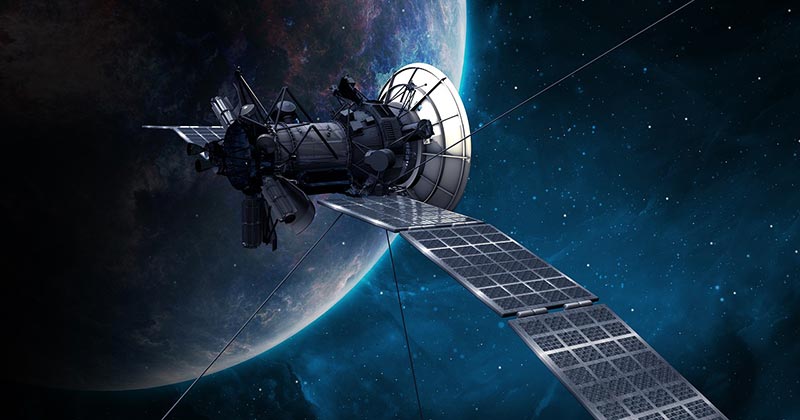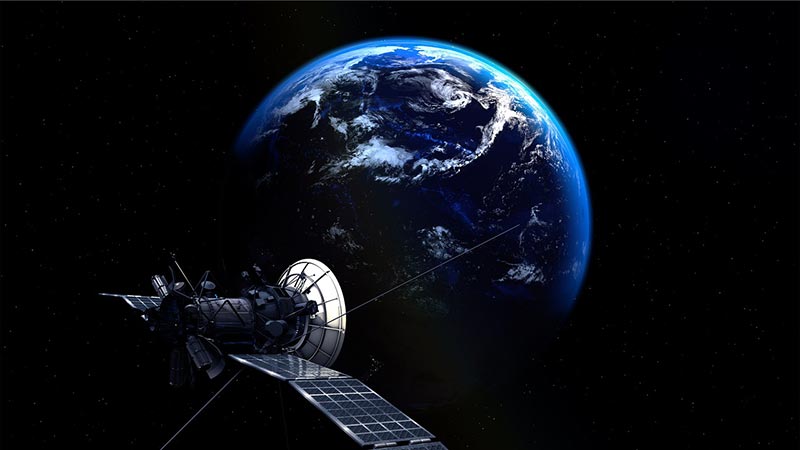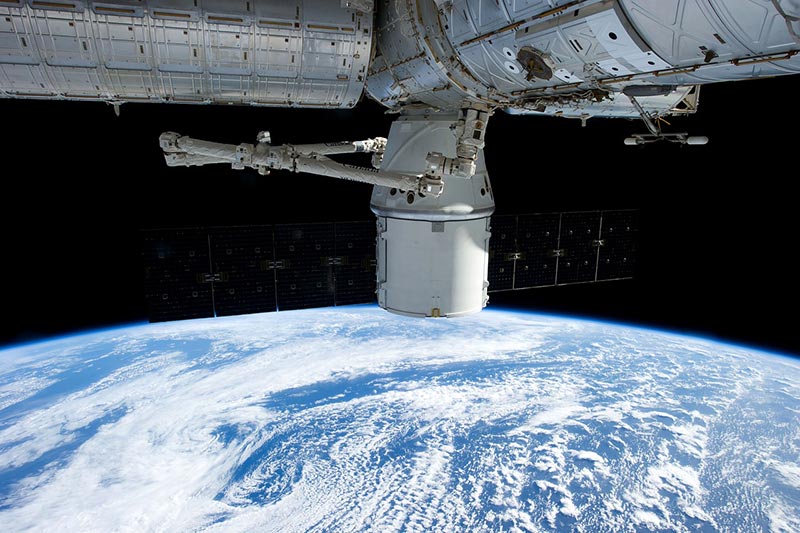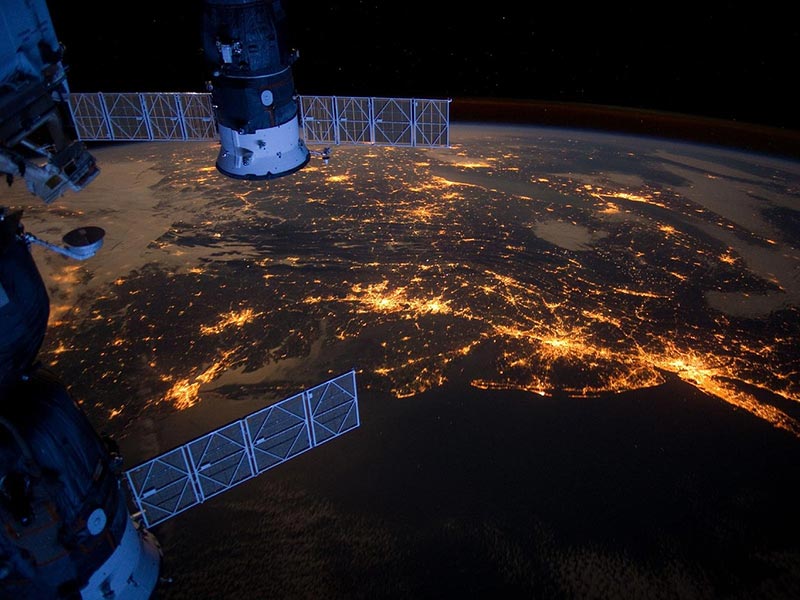How Do Satellites Stay In Orbit? The Surprising Answer
Last Updated on

If you’ve ever observed satellites in the sky, you probably wondered how they maintain orbit without crashing down. The truth is, that many people wonder the same thing, so we want to provide some insight into how satellites stay in orbit.
Keep reading to learn more about satellites, why don’t they fall out of the sky, and how long they can stay in orbit.

What Are Satellites?
Satellites are machines, planets, or moons that orbit a star or a planet. They are divided into natural and artificial, so when we look at things that way, the moon and the earth are also satellites. However, when most people mention satellites, they refer to machines launched into space that move around the earth or another body.
Currently, thousands of man-made satellites orbit the earth, and they all have different functions. Some take pictures of other planets, and some take pictures to help predict the weather, while some are used for communications.
Due to their position in orbit, satellites allow scientists to collect a lot of data rapidly and provide an astonishing view of space. Also, satellites improve our user experience with communication.

How Do Satellites Orbit the Earth?
The majority of satellites are launched into space on rockets, and due to their speed, they can quickly leave the Earth’s atmosphere. When a rocket reaches its location above Earth, it releases the satellite that picks up on the rocket’s energy to stay in motion. This movement is called momentum.
Once the speed of the satellite balances with Earth’s gravity, the satellite remains in place, orbiting around the Earth. If there were no balance, the satellite would fall back to the Earth or get lost in space.
All satellites orbit Earth along different paths, at different speeds and heights.
- Geostationary: Satellites with this orbit type travel over the equator from west to east. They move at the same rate and direction in which Earth is spinning. If you observe these satellites from the Earth, they will appear stationary as they follow the Earth’s movement.
- Polar: Satellites with this orbit type travel from pole to pole in a north-south direction.
Why Don’t They Fall Out of the Sky?
Another common thing people wonder is why don’t satellites fall out of the sky. Although that’s not impossible, it’s quite uncommon to see a satellite crashing down or disappearing in space.
They don’t fall out of the sky because of the earth’s gravity. When a rocket releases the satellite, the momentum combines with gravity, keeping the satellite in Earth’s orbit.

How Do Satellites Stay In Orbit?
When in orbit, satellites have set speeds that defeat the downward pull of gravity, but they retain enough balance to stay at the location where they’re launched.
- Velocity (the speed needed to travel in a straight line)
- Gravitational pull
The closer to earth, the more velocity the satellite will need to resist the earth’s gravitational pull.
How Long Can Satellites Stay In Orbit?
Technically, satellites can stay in orbit for hundreds of years. However, a satellite commonly has a useful lifespan between 5 and 15 years, depending on the model and manufacturer. They need fuel to function, and as it cannot last forever, it becomes harder for a satellite to remain in orbit.
Scientists commonly remove old satellites from orbit and send them to a “graveyard” orbit to prevent them from interfering with other satellites and objects.

Why Don’t They Crash Into One Another?
Satellites can crash into one another, and that’s why organizations such as NASA, NOAA, and others keep track of their movement in space. Typically, collisions are quite rare as the pre-defined satellite location before launching is set in such a way that the satellite won’t interfere with other satellites in orbit.
Still, satellite collision possibilities increase yearly as more satellites launch into space.

Final Thoughts
For a satellite to remain in orbit, it must have a perfect balance between its velocity and the earth’s gravity. They have set heights and speeds that help them define gravity and remain in orbit. However, as this fades with years during fuel consumption, satellites are sent to a “graveyard” orbit when their velocity cannot withhold gravity as it used to.
Featured Image Credit: PIRO4D, Pixabay
About the Author Visnja Radosavljevic
Visnja is a creative, adaptable content writer that covers various topics such as DIY, pets, home improvement, travel, gardening, and more. As a young mom and a college student, she didn’t have enough time to balance her personal and work life, so after multiple years of working a regular 9 to 5 job, she decided to pursue her passion and make a living out of it. She has been writing for a couple of years now, helping people to find valuable and interesting information online.
Related Articles:
How to Collimate Binoculars: 9 Expert Tips
What Is the Best Binocular Magnification for Hunting? Optical Features Explained
Can You Use Binoculars to Look At Stars? How to Choose the Right Pair
How to Choose Binoculars for Bird Watching: 10 Expert Tips
15 Crucial Facts About Ultraviolet Rays & the Sun
What Constellation Is Spica In? The Interesting Answer!
10 Interesting Leo Constellation Facts, Myths, and FAQs
15 Interesting Pegasus Constellation Facts, Myths, and FAQs
